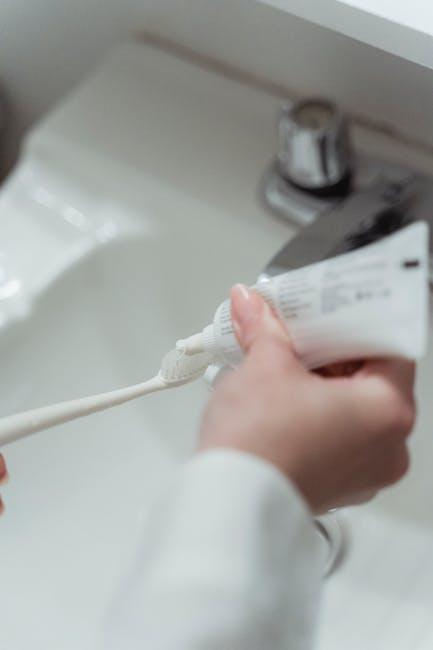Fluoride Ban Could Create Cavities For 1 Of Every 3 U.S. Kids
Published by U.S. News & World Report
Introduction
Fluoride has been a cornerstone in dental health for decades, significantly reducing tooth decay for children across the United States. However, recent discussions about banning fluoride—whether in drinking water or dental products—could have unintended consequences. Emerging research warns that such a ban might cause cavities in 1 out of every 3 U.S. children, reversing years of progress in oral health. This article explores the potential impact of a fluoride ban, the science behind fluoride’s benefits, and practical tips for parents to protect their children’s dental health in uncertain times.
What Is Fluoride and Why Is It Important?
Fluoride is a naturally occurring mineral found in many water sources and dental care products like toothpaste and mouth rinses. It works by strengthening tooth enamel, helping to remineralize teeth, and preventing the growth of harmful oral bacteria.
- Enamel Strengthening: Fluoride helps rebuild weakened enamel before it develops into cavities.
- Protecting Against Acid Damage: It reduces acid production by bacteria in plaque, which is a key cause of tooth decay.
- Cost-Effective Public Health Measure: Water fluoridation is recognized as one of the most effective public health advances in reducing dental decay.
The Consequences of a Fluoride Ban on U.S. Children
Experts predict that banning fluoride could have devastating effects on pediatric dental health. According to recent data:
| Impact | Statistic |
|---|---|
| Children Expected to Develop Cavities | 1 in 3 kids in the U.S. |
| Increase in Dental Treatment Costs | Estimated 20-30% rise nationwide |
| Rise in Emergency Dental Visits | Up to 15% increase annually |
This surge in cavities could lead to greater discomfort, missed school days, and higher dental treatment expenses for families already facing economic challenges.
The Debate: Fluoride Ban Pros and Cons
Arguments Supporting a Fluoride Ban
- Concerns over potential health risks of overexposure to fluoride.
- Advocacy for individual choice rather than mass fluoridation of water supplies.
- Environmental concerns about chemical additives in drinking water.
Arguments Against a Fluoride Ban
- Decades of evidence proving fluoride’s safety and efficacy in preventing tooth decay.
- Public health benefits, especially for low-income communities with limited access to dental care.
- Risk of increasing dental diseases and associated costs if fluoride is removed.
Real Stories: Impact of Fluoride on Children’s Dental Health
Parents and dentists nationwide have witnessed the positive impact of fluoride on pediatric oral health. Here are two contrasting experiences:
- Sarah, mother of two in New York: “Since our city’s water has fluoride, my kids have had fewer cavities, and their dental check-ups are smooth sailing.”
- Dr. Lee, Pediatric Dentist in Texas: “In areas where fluoride was reduced or removed, I’ve seen a noticeable increase in cavities and tooth sensitivity among children.”
Practical Tips to Protect Your Child’s Teeth Without Fluoride
Whether or not fluoride remains a staple public health tool, parents can take critical steps to safeguard their children’s dental health:
- Maintain Regular Brushing: Brush teeth twice daily using fluoride toothpaste if allowed.
- Balanced Diet: Limit sugary and acidic foods and drinks that erode enamel.
- Dental Check-Ups: Schedule dental visits every six months for cleanings and early cavity detection.
- Sealants: Ask your dentist about dental sealants that protect chewing surfaces from decay.
- Encourage Water Consumption: Drinking plenty of clean water helps naturally wash away food particles and plaque.
Summary Table: Fluoride Use vs. Fluoride Ban Scenario
| Aspect | With Fluoride | Without Fluoride |
|---|---|---|
| Cavity Rate in Children | Low (approx. 1 in 6) | High (approx. 1 in 3) |
| Dental Treatment Costs | Lower | Higher |
| Dental Emergencies | Fewer | More Frequent |
| Community Health Impact | Positive | Negative |
Conclusion
Fluoride remains one of the most effective ways to prevent tooth decay and bolster dental health in children. Banning fluoride could dramatically increase cavity rates in 1 out of every 3 kids in the U.S., burdening families and the healthcare system alike. While ongoing research and debates continue, parents and communities should stay informed and proactive about dental care. Maintaining good oral hygiene, balanced nutrition, and regular dental visits is crucial—especially in a future where fluoride use might face restrictions. Protecting children’s smiles today ensures healthier lives tomorrow.


